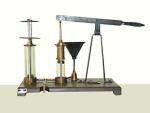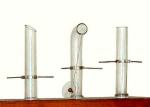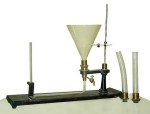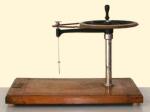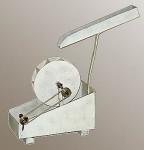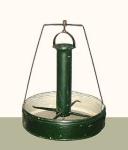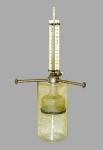- Apparatus for the propagation of the pressure in liquids and gases
-
Hydraulic press
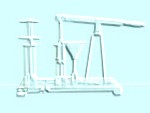
- Apparatus for demonstrating vertical thrust upward
- Double cylinder for the Archimedean principle
- Apparatus for the study of the pressure according to the depth
- Haldat's apparatus
- Apparatus for Plateau's experiments
- Cartesian diver (or devil)
- Hydraulic wheel
- Hydraulic whirl
- Fahrenneit hydrometer
- Densimeter
- Alcohometer
- Hydrometer (acid)
- Hydrometer (ammonia)
- Hydrometer (salt)
- Saccharometer
- Apparatus illustrating the properties of capillary tubes
- Prismatic glass tanks
- Endosmometer of the Dutrochet type
- Immiscible liquids
- Summary

 Menu
Menu
